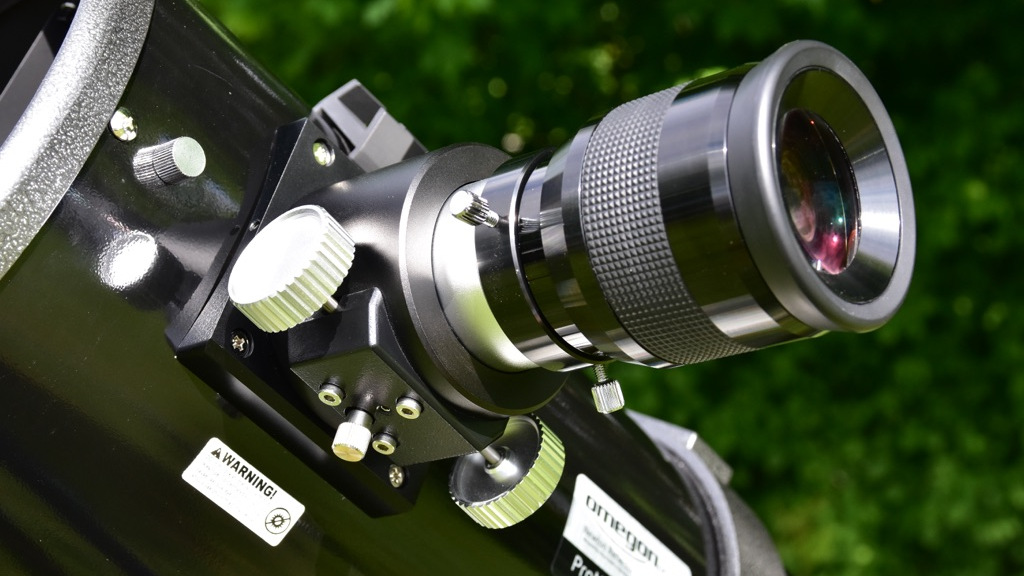Exit pupil
What is the connection between the exit pupil and the eye, and why is the age of the observer important?

It is the diameter of the beam of light that leaves the eyepiece and enters the eye. Generally, the smaller the magnification, the larger the exit pupil (EP). It should definitely not be larger than 7 mm. Using this value, you can calculate the minimum magnification that should be used with a particular telescope.
The pupil of the human eye behaves like a photographic aperture
If the EP is larger than 7 mm, light is lost because the pupil cannot open any wider. In most cases, it remains below this level, and in older people, the maximum pupil aperture is somewhat smaller, because it decreases steadily with age. A 60-year-old will have a pupil diameter of around 4 mm to 5 mm. Therefore, you should take your age into account when selecting minimum magnification.
The more an eyepiece magnifies (and the smaller the focal length), the smaller the exit pupil becomes. In a 200/1,000 mm telescope, a 35.7 mm eyepiece has an EP of about 7 mm. With a 10 mm eyepiece, the EP has a diameter of just 2 mm.
